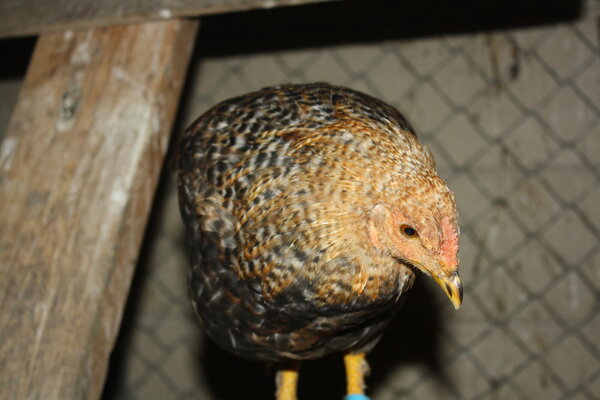- Thread starter
- #11
Chickens are awsome
Crowing
I have 2 buff chanteclers but I am looking for a larger body size.Have you looked into the Chantecler?
It's a Canadian heritage breed: https://livestockconservancy.org/heritage-breeds/heritage-breeds-list/chantecler-chicken/







